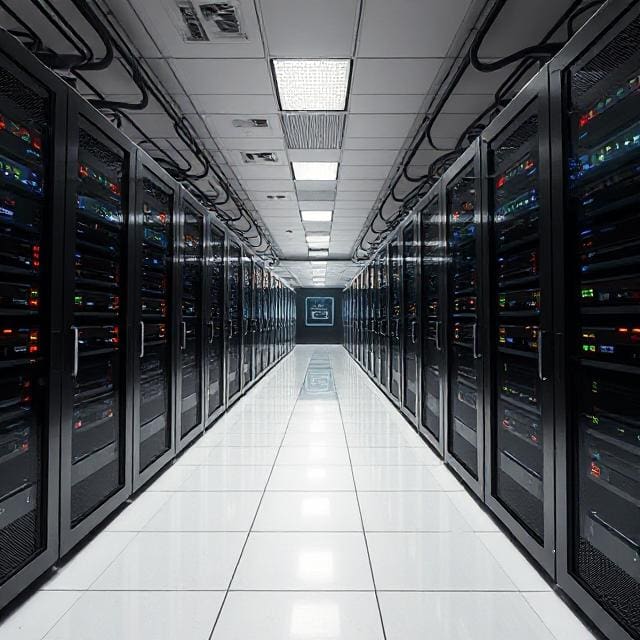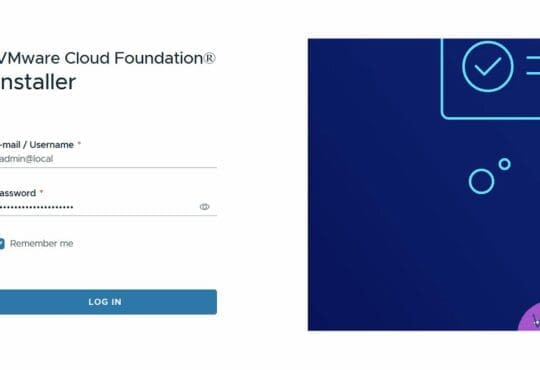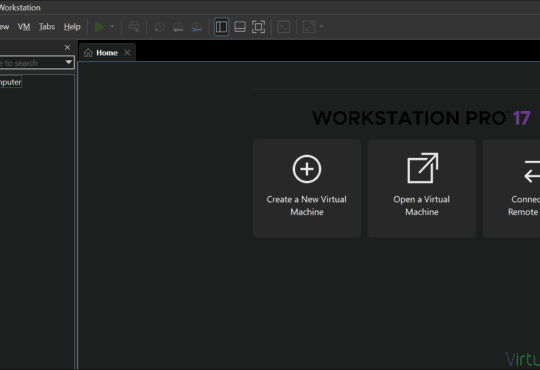Contents
What sets VMware Cloud Foundation 9 apart in the world of private cloud platforms? This latest release brings a host of technical advancements that empower engineers to build more efficient, secure, and scalable infrastructures. For IT professionals seeking a deep dive, we explore the standout features that make VCF 9 a must-have upgrade.
VMware has reimagined private cloud operations with VCF 9. Engineers now gain tools that simplify complex tasks while boosting performance. From memory optimization to enhanced security, these features address real-world challenges in data centers.
What Are the Core Innovations in VMware VCF 9?
Engineers often grapple with resource constraints in high-demand environments. VCF 9 tackles this head-on with groundbreaking compute and storage enhancements. Let’s break down the key areas.
How Does NVMe Memory Tiering Transform Resource Use?
NVMe memory tiering stands out as a pivotal feature. It extends memory capacity by using NVMe devices as an additional tier beyond traditional DRAM. This means you can handle memory-intensive workloads without maxing out expensive hardware.
In practice, the system moves less active data pages to NVMe while keeping hot data in DRAM for quick access. This approach suits applications like AI training or large databases. As a result, you achieve better cost savings and performance balance.
For example, Broadcom reports potential TCO reductions of up to 38 percent in server setups. This feature integrates seamlessly with vSphere, allowing dynamic management without disrupting operations.
What Benefits Come from vSAN Global Deduplication?
Storage efficiency gets a major lift with vSAN Express Storage Architecture’s global deduplication. Unlike cluster-limited methods, this feature eliminates duplicate data blocks across the entire environment.
Technically, it uses hashing to identify redundancies and maintains a synchronized table for deduplication. This leads to significant space savings, especially in setups with repetitive data like virtual desktops.
Organizations can store more on existing flash storage, cutting costs while maintaining speed. VMware estimates savings of up to $10 million over three years compared to legacy systems. It works hand-in-hand with vSAN’s distributed design for minimal performance impact.
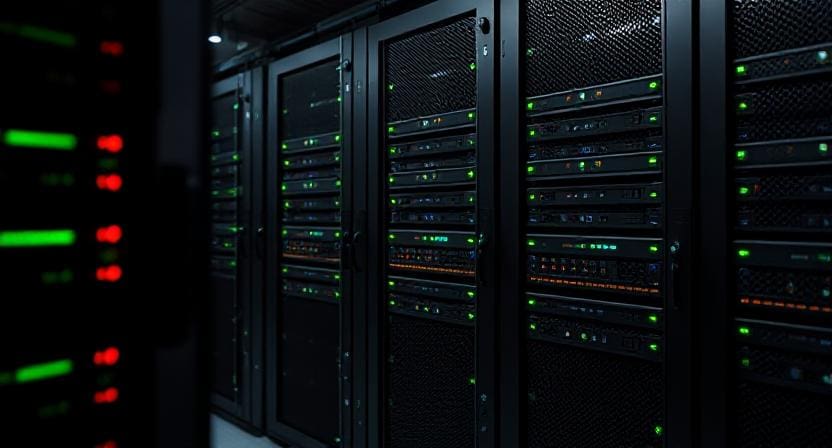
How Does VCF 9 Streamline Deployment and Management?
Deployment headaches are common in complex clouds. VCF 9 introduces tools that cut setup time and enhance day-to-day operations. These changes make life easier for engineers managing large fleets.
What Makes the VCF Installer a Time-Saver?
The new VCF Installer enables full-stack deployment in hours rather than weeks. It supports both greenfield and brownfield scenarios, meaning you can import existing infrastructure effortlessly.
This declarative approach uses APIs to automate configurations. Engineers benefit from reduced manual steps and fewer errors during initial rollouts.
Additionally, it integrates with components like NSX and vSphere for a cohesive start. For brownfield deployments, it converts legacy setups into VCF-managed domains without major overhauls.
How Does Unified Fleet Management Boost Efficiency?
Fleet management in VCF 9 offers centralized control over patches, upgrades, and certificates. The interface includes predictive checks to avoid issues before they arise.
You can roll out updates to thousands of hosts with phased controls to limit risks. Live patching minimizes downtime, and configuration drift detection keeps everything aligned.
This unified view spans vSphere, NSX, and vSAN, simplifying operations across the stack. Engineers appreciate the single sign-on and AI-assisted diagnostics for faster troubleshooting.
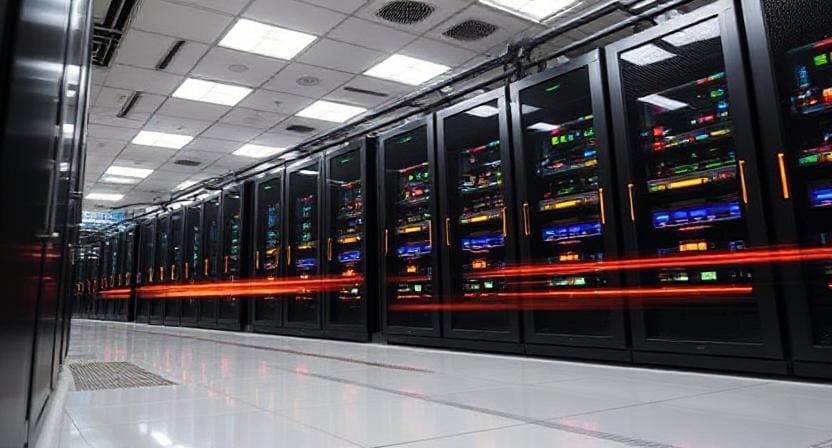
What Security and Networking Advances Define VCF 9?
Security remains a top priority for private clouds. VCF 9 delivers robust protections and networking improvements that align with modern threats and hybrid needs.
How Does Confidential Computing Protect Sensitive Data?
Confidential computing encrypts data during processing using hardware-based environments. VCF 9 supports this with Intel SGX or AMD SEV integrations.
This ensures data stays secure even if the host is compromised. It’s ideal for regulated industries handling sensitive information.
The feature adds minimal overhead, making it practical for production use. It fits into zero-trust models, enhancing overall compliance.
What Role Does the Security Operations Dashboard Play?
The SecOps dashboard provides a real-time view of vulnerabilities and compliance. It maps attack surfaces and prioritizes patches based on risks.
Engineers can spot issues quickly and remediate them from one console. Integrated with NSX, it enforces policies across the network.
This tool reduces response times and strengthens defenses against evolving threats.
How Do NSX Enhancements Elevate Networking?
NSX in VCF 9 brings federation for multi-site policy management and L7 firewall rules for granular control. VRF-Lite supports tenant isolation with overlapping IPs.
Overlay networking scales better with VXLAN and Geneve, boosting throughput. The API-first design allows automation via PowerCLI or Ansible.
These updates simplify complex setups and improve performance in on-prem data centers.

How Can Engineers Leverage Automation and Scalability in VCF 9?
Automation drives efficiency in today’s IT landscapes. VCF 9 emphasizes self-service and scalable designs to meet growing demands.
What Automation Tools Stand Out?
Declarative APIs and Terraform support enable infrastructure as code. You provision resources with policies intact, avoiding governance slips.
The self-service catalog offers blueprints for quick launches of databases or Kubernetes clusters. This speeds up development cycles.
Kubernetes integration includes namespace support for better container management.
How Does Multi-Tenancy Work in Practice?
Native multi-tenancy spans compute, storage, and networking. Teams allocate resources independently while maintaining isolation.
Virtual Private Clouds deploy via code, automating routing and security. This reduces tickets and empowers workload owners.
For scalability, VCF 9 handles large VMs with up to 1000 vCPUs and 16TB memory, perfect for demanding apps.
To illustrate key compute limits, here’s a table comparing VCF 9 to prior versions:
Feature | VCF 8 | VCF 9 |
|---|---|---|
Max vCPUs per VM | 768 | 1000 |
Max Memory per VM | 12TB | 16TB |
Memory Tiering Support | Preview | Full Production |
This shows the leap in capacity for enterprise workloads.
Another table outlines storage efficiency gains:
Enhancement | Description | Estimated Savings |
|---|---|---|
Global Deduplication | Cross-cluster data reduction | 30-40% storage |
Enhanced Data Path | 3x faster transfers, lower latency | Up to 50% CPU reduction |
These metrics highlight practical benefits for engineers.
In terms of benefits, consider these points for networking:
- Faster provisioning with automated VPCs
- Better security through L7 policies
- Easier multi-site ops via federation
However, the real value shines in hybrid setups where on-prem meets cloud demands.
For more details on the platform, check the official VMware Cloud Foundation page https://www.vmware.com/products/cloud-infrastructure/vmware-cloud-foundation
Also, explore the in-depth what’s new guide from VMware Blogs https://blogs.vmware.com/cloud-foundation/2025/06/17/whats-new-in-vmware-cloud-foundation-9-0
FAQ
What is the main difference between VCF 9 and earlier versions?
VCF 9 focuses on unified management and performance boosts like memory tiering, setting it apart with faster deployments and better scalability.
Is VCF 9 suitable for AI workloads?
Yes, features like enhanced data paths and large VM support make it ideal for AI, offering low latency and high resource allocation.
How does VCF 9 handle upgrades?
It uses a centralized interface for non-disruptive patches and upgrades, with pre-checks to ensure smooth transitions.
Can I integrate VCF 9 with existing infrastructure?
Absolutely, brownfield support allows importing and converting legacy setups without starting from scratch.
What security features are new in VCF 9?
Confidential computing and the SecOps dashboard provide advanced protection and real-time monitoring.
Stay ahead in private cloud tech. Subscribe to the virtualg.uk mailing list for more insights and updates: https://virtualg.uk/subscribe


